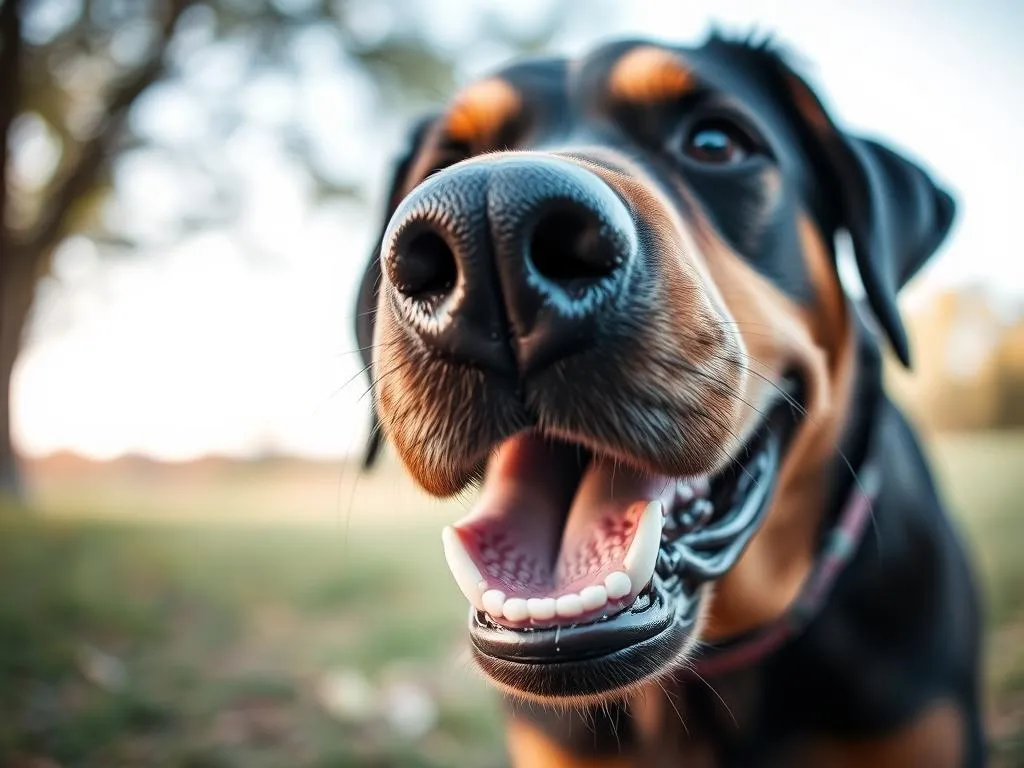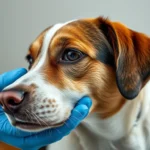
Understanding why your dog’s nose is running can be a source of concern for many pet owners. A running nose may seem trivial, but it could indicate underlying health issues that need to be addressed. This article explores the anatomy of a dog’s nose, the common causes of nasal discharge, how to diagnose these issues, treatment options, and preventative measures to maintain your dog’s health.
Understanding the Anatomy of a Dog’s Nose
Structure and Function of a Dog’s Nose
A dog’s nose is a complex organ, specifically designed for a variety of functions. It contains multiple structures, including the olfactory bulbs, which are responsible for the highly developed sense of smell that dogs possess. The nasal cavity is lined with mucous membranes that help to regulate moisture and filter air. This moisture is vital for keeping the airways moist and functioning properly, allowing your dog to breathe easily and smell effectively.
Normal Nasal Discharge
Normal nasal discharge in dogs is typically clear and minimal. It plays an essential role in the dog’s respiratory system. Mucus serves to trap dust, allergens, and pathogens, preventing them from entering the lungs. Understanding what is considered normal can help you identify when a running nose becomes a concern. If the discharge changes color, becomes thick, or is accompanied by other symptoms, it’s crucial to investigate further.
Common Causes of a Running Nose in Dogs
Allergies
One of the most common reasons for a running nose in dogs is allergies. Dogs can be allergic to environmental factors such as pollen, dust mites, mold, and certain foods. When exposed to these allergens, dogs may exhibit nasal discharge along with other symptoms like sneezing, itching, and watery eyes. Observing any patterns in your dog’s symptoms can help determine if allergies are the cause.
Infections
Nasal discharge can also be a sign of infections, which can be viral, bacterial, or fungal. Some common viral infections include canine influenza and kennel cough, while bacterial infections often arise from secondary issues. Signs of more severe infections may include fever, lethargy, loss of appetite, or a persistent cough. If your dog shows these symptoms along with a running nose, it’s essential to consult your veterinarian.
Foreign Objects
Sometimes, a running nose can be caused by foreign objects lodged in the nasal passages. Dogs are naturally curious and may sniff or explore areas where they shouldn’t. Symptoms of a foreign object may include unilateral nasal discharge (discharge from one nostril), pawing at the nose, or excessive sneezing. If you suspect your dog has a foreign object lodged in their nose, seeking immediate veterinary assistance is vital.
Nasal Tumors
Though less common, nasal tumors can also be the cause of a running nose. These tumors can be benign or malignant and may lead to other serious symptoms such as persistent nasal discharge (often bloody), facial swelling, or difficulty breathing. Early detection is crucial for successful treatment, so regular veterinary check-ups are essential, especially for older dogs.
Other Health Conditions
Various other health conditions can contribute to a running nose in dogs. Dental disease, for instance, can lead to infections that affect nasal passages. Systemic diseases, such as autoimmune disorders, can also manifest as nasal discharge. Understanding the broader health context of your dog can aid in identifying the root cause of their symptoms.
Diagnosing the Cause of Nasal Discharge
Observing Symptoms
Monitoring your dog’s additional symptoms is crucial in diagnosing the cause of a running nose. Keeping a symptom diary can help you track changes in behavior, appetite, and other physical signs. Note if your dog is sneezing, coughing, or showing signs of discomfort, as these can provide valuable information for your veterinarian.
Veterinary Examination
During a veterinary visit, expect a thorough examination of your dog. The vet may perform diagnostic tests such as blood tests, imaging (like X-rays), or rhinoscopy to visualize the nasal passages. Understanding what to expect can alleviate some anxiety about the vet visit and ensure you provide your veterinarian with all necessary details.
When to Seek Veterinary Help
Knowing when to seek veterinary help is crucial. If your dog has a running nose accompanied by severe symptoms like difficulty breathing, persistent cough, or unusual lethargy, it’s essential to act quickly. Additionally, if the nasal discharge is thick, discolored, or bloody, do not hesitate to contact your veterinarian.
Treatment Options for a Running Nose
Home Care
In cases where the running nose is mild and not accompanied by severe symptoms, home care may be appropriate. Ensure your dog stays hydrated and comfortable. Some pet owners find that steam inhalation can help loosen mucus. However, it’s essential to avoid giving over-the-counter medications without veterinary guidance, as some human medications can be toxic to dogs.
Veterinary Treatments
For more serious conditions, your veterinarian may prescribe medications, including antibiotics for bacterial infections, antihistamines for allergies, or anti-inflammatory drugs to reduce swelling. In the case of tumors or foreign objects, surgical intervention may be necessary. Always follow your veterinarian’s advice regarding medication dosages and treatment plans.
Follow-Up Care
Monitoring your dog’s recovery is vital. Follow-up appointments might be necessary to ensure the treatment is effective. Keep a close eye on your dog’s symptoms and report any changes to your veterinarian. Continuously assessing your dog’s condition will help ensure they recover fully.
Preventative Measures
Regular Vet Check-Ups
Routine veterinary care is essential for preventing health issues and catching problems early. Regular check-ups allow your veterinarian to monitor your dog’s overall health and address any emerging concerns before they escalate.
Allergy Management
Managing allergens in your dog’s environment can significantly reduce the risk of allergies leading to a running nose. Regular cleaning, using air purifiers, and avoiding known allergens can help create a more comfortable living space for your dog.
Good Hygiene Practices
Maintaining good hygiene practices is also crucial. Regular grooming helps reduce allergens like dander and dust from accumulating in your dog’s fur. Additionally, dental care is essential, as poor oral hygiene can lead to infections that may contribute to nasal discharge.
Conclusion
Understanding a dog’s nasal discharge can be challenging, but it’s essential for maintaining their health and well-being. A running nose can have various causes, from allergies to more serious infections or tumors. Taking the symptoms seriously and consulting a veterinarian when necessary can lead to timely diagnosis and effective treatment. By focusing on preventative measures and maintaining regular veterinary care, you can help keep your furry friend happy and healthy.









